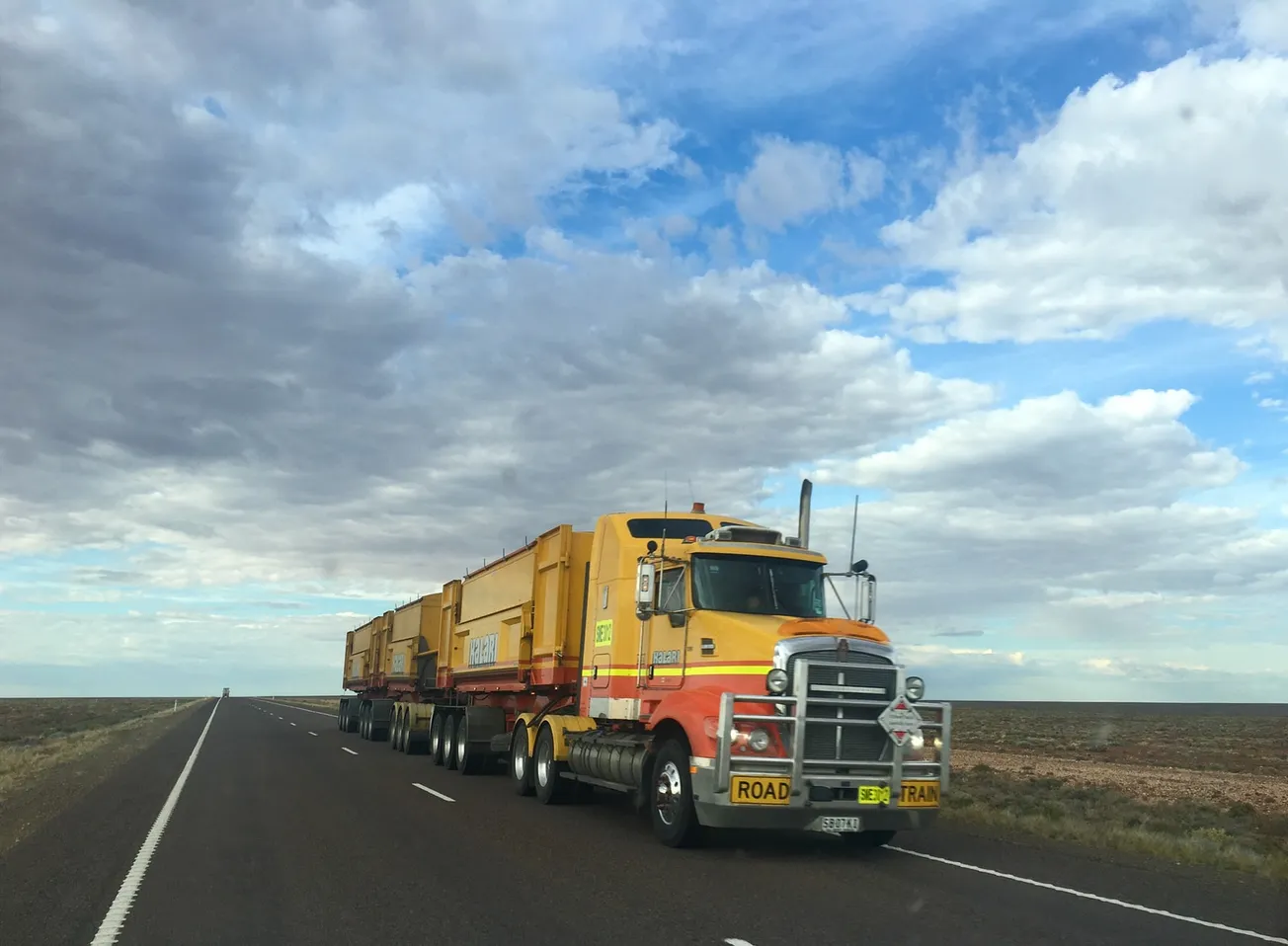Siraj Ahmed Shaikh
Giedre Sabaliauskaite
Coventry University
Siraj Ahmed is a Professor of Systems Security at the Centre for Mobility and Transport at Coventry University. His main research interest lies in systems security, essentially at the intersection of cyber security, systems engineering and traditional computer science.
Giedre is an Associate Professor in Assured Autonomous Systems. She is part of Systems Security Group at the Institute for Future Transport and Systems at Coventry University.
The current HGV driver shortage is the latest chapter in the UK’s supply chain jitters, disrupting wholesale food delivery, cancelling bin collections and leading to the panic buying of fuel. While there is a good chance the country will overcome this temporary problem, the driver shortage is calling into question the long-term viability of logistical transportation on the roads.
One intuitive long-term solution to future HGV driver shortages is to take the driver out of the driver’s seat altogether. Self-driving car technology, which can also be applied to HGVs, promises to bring about substantial change to how we transport people and goods. But, despite advances in automation technology and operational techniques, self-driving vehicles remain distrusted and difficult to build.
One possible solution sits at the very interface of technology with the human: teleoperation, or the replacement of the behind-the-wheel driver with a combination of automation technology and remote-controlled human oversight. We’re involved in work that’s trialling this approach as a more realistic, less distant solution to crises in road logistics in the coming years.
There has long been a desire to create intelligent and autonomous HGV solutions. Over a decade ago, the Safe Road Trains for The Environment project set out to understand the feasibility of road trains, or “platoons”, to address not only HGV emissions and traffic congestion, but also to enhance logistical efficiency and driver comfort.
In this case, the lead vehicle in the platoon controls all the vehicles behind it, with a necessary gap maintained and altered when other vehicles pass between them. The trailing vehicles require less human input, but the driver still remains in the loop – and in the cabin. That driver would still require HGV training, which doesn’t help during driver shortages.
Remote-Controlled Lorries
A more realistic and potentially labour-saving solution comes in the form of remote-controlled HGVs. The notion of remotely controlling systems isn’t new – it dates back to the late 19th century, when the electrical engineer Nikola Tesla trialled an unmanned torpedo boat controlled by radio waves. The same basic technology has been used for decades to drive toy-sized vehicles.
Of course, teleoperating road vehicles won’t be the same as controlling a shoebox-sized car. It will take advantage of advances in vehicular automation while still maintaining an element of remote human control over a wireless link. As such, HGV teleoperation can realise the benefits of automation – in terms of scale and reliability – while also taking advantage of human vigilance, enhancing their safety.
Some training would still be involved in this solution, but teleoperation has two key labour benefits. First, the human overseer could feasibly be located anywhere, reducing disruption when drivers are in the wrong place at the wrong time. But it’s also possible that, with continued improvements, trained drivers could oversee more than one HGV at a time – enabling fleets to require fewer human operators.
Teleoperation is currently being trialled up in north-east England, where a 40-tonne HGV is being piloted over a 5G communication network. The £4.8 million project is funded by the UK’s Department for Digital, Culture, Media & Sport to realise the benefits of cutting-edge technological developments in both telecommunication and vehicular teleoperation. Such a combination of emerging technologies could result in optimal route planning, reduced emissions, reduced labour movement and safer journeys.
At present, the teleoperated lorry is being put through its paces at the Nissan test track in Sunderland as part of a “last mile delivery” system – transporting goods on the final, shortest leg of their journey – to support manufacturing logistics. It’s a fitting example of how human effort can be relieved from the most intensive stage of the logistical chain.
To bring this vision to reality, the retailer Wilko recently made a £3 million investment into StreetDrone – one of the key partners with us on the teleoperated HGV project. StreetDrone is now aiming to bring this technology to UK roads by the end of 2023, albeit initially in smaller vehicles than HGVs.
Safety and Security
Such reliance on technology, however, brings about a different set of challenges. Chief among them are security threats posed to the system itself which, like any other digital system, is vulnerable to hacks.
The integration of 5G communication, remote control and a vehicle into one system opens the door to possible manipulation. Developers of teleoperated HGVs know they must be mindful of ransomware attacks by ordinary criminals, or more sophisticated attacks to critical infrastructure by aggressive nation states.
As part of the teleoperated HGV project, Coventry University is spearheading an extensive cyber-threat analysis and risk assessment to address these threats. Our work is attempting to understand the nature of potential hacks and cyber-attacks, building the defences that will ensure the vehicle’s safety and security when released on public roads.
Ultimately, as with self-driving technology, a major obstacle to the deployment of remote-controlled HGVs is public distrust. The general public is already concerned about the safe manoeuvring of autonomous vehicles – add in the potential for them to be hijacked or deactivated on the roads, and distrust could be a major impediment in the adoption of vehicular teleoperation.
Technology undoubtedly has to be a part of any future solution to overcoming our transport and logistics issues, including driver shortages. And if full autonomy is too uncertain a solution for our society, perhaps we need to “teleoperate” our way into the future instead: automating where possible while keeping a sharp, human eye on the road ahead.
Siraj Ahmed Shaikh, Professor of Systems Security, Coventry University and Giedre Sabaliauskaite, Associate Professor, Institute for Future Transport and Cities, Coventry University
This article is republished from The Conversation under a Creative Commons license. Read the original article.
Please share this article so that others can discover The BFD.








